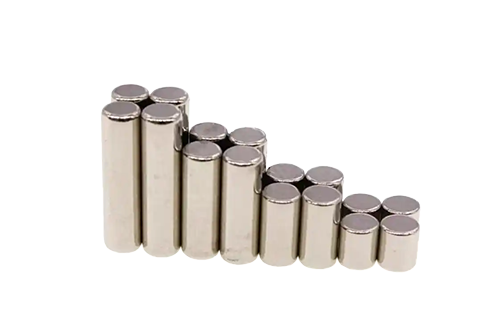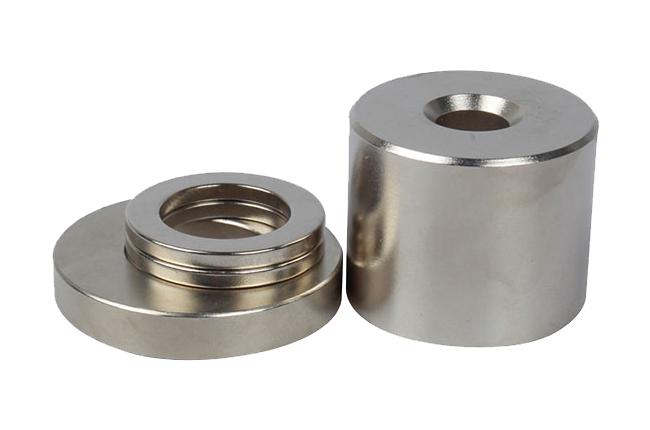

Copper is not a ferrite material. While both copper and ferrites are used in electrical and electronic applications, they belong to different categories of materials with distinct properties.
Key Differences Between Copper and Ferrites
1. Composition and Structure
Copper (Cu) is a pure metallic element known for its high electrical and thermal conductivity.
Ferrites are ceramic compounds composed of iron oxide (Fe₂O₃) combined with other metals such as manganese, zinc, or nickel.

2. Magnetic Properties
Copper is non-magnetic, meaning it does not exhibit ferromagnetic or ferrimagnetic behavior.
Ferrites are ferrimagnetic, making them useful in applications requiring magnetic properties, such as inductors and transformers.
3. Electrical Conductivity
Copper is one of the best conductors of electricity, widely used in wiring and electronic circuits.
Ferrites are insulators or semiconductors, often used to suppress high-frequency noise in electronic devices.
4. Applications
Copper is primarily used in electrical wiring, motors, and heat exchangers due to its conductivity.
Ferrites are used in magnetic cores, antennas, and electromagnetic shielding due to their magnetic characteristics.

Conclusion
Copper and ferrites serve different purposes in technology and industry. Copper is a highly conductive, non-magnetic metal, whereas ferrites are magnetic ceramics. Their distinct properties make them suitable for specific applications, and they are not interchangeable. Understanding these differences helps in selecting the right material for electrical and electronic designs.
Contact

We will contact you within 24 hours. ( WhatsApp/facebook:+86 15957855637)



